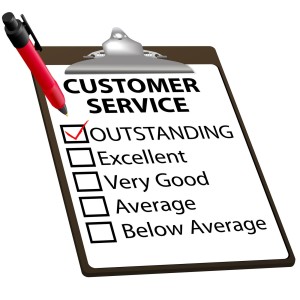A memorable experience! As a consumer, who among us doesn’t want that on a consistent basis?
Customers form opinions about your service based on many things—beginning with the way you talk to them.
Great customer service begins from the first point of contact…over the phone, virtually, online, face-to-face. Regardless of the method, your greeting should impact customers such that they have a longing to do business with you indefinitely.
A genuine embrace with your body language, facial expression, other non-verbal acknowledgement tells them you affirm their presence…it is the first step in building a relationship. Now, that’s only the beginning. The following are basic principles to consider as you protect one of your most precious assets…your client:
- Ask how he/she/they want to be addressed…”Mr. Smith”, “Mrs. Johnson”, “Dr. Matthews”. Do not use their first name unless they’ve given permission to do so.
- Your greeting should be professional and not rehearsed. Avoid too much banter and being loquacious.
- The ability to read body language, tone of voice (written or verbal) can offer great insight as to the level and frequency of interaction a customer prefers. For example, an introvert may prefer a quick greeting void of small talk. Remember to offer a sincere smile while speaking on the phone, texting, online, and face-to-face…your client can hear it in your voice.
Your greeting provides an opportunity to deepen the relationship, create community roots, and increase customer loyalty.
In the comments below let us know what makes your customer greeting special. Make it a great day!








